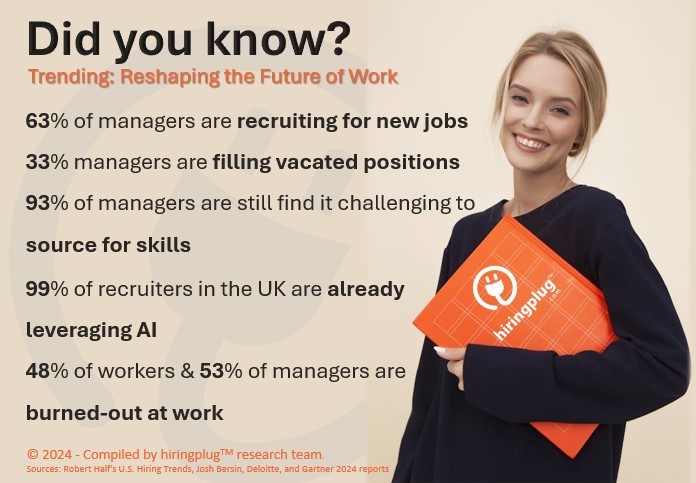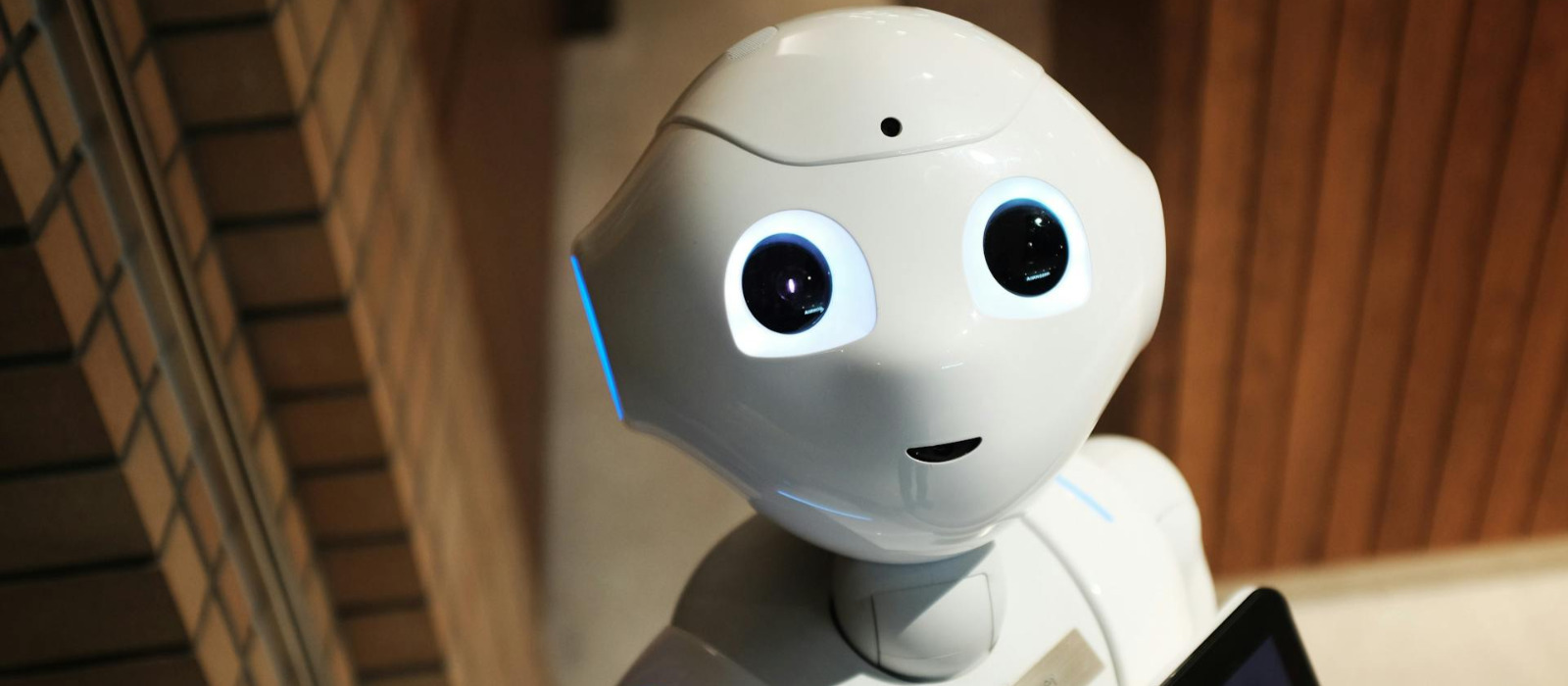In a world that’s constantly changing, the rules of success are being rewritten. Latest reports by Deloitte and Gartner unveil a ground-breaking approach to human performance, showing that thriving means placing people at the heart of every strategy. It is interesting to see how leading organizations are dismantling internal barriers, embracing diverse microcultures, and redefining metrics to foster sustainable growth and unparalleled innovation - by prioritizing the human element. Here are some of the very thought provoking highlights and real world examples which are reshaping the future of work.
These insights remind us that our greatest asset is our "People'. Embracing these trends is essential for business leaders and Human Resource managers in building a resilient, agile workforce ready to thrive in the future of work. Despite the advent of automation and AI, the future of work is human-centric. But, do you think this approach can be sustained?
- Human Performance: Organizations should focus onhuman performance to thrive. For instance, a tech company implemented a robust mental health support program, which significantly increased employee productivity and engagement.
- Internal Constraints: Internal barriers are a top challenge. For example, a multinational corporation restructured its processes, reducing bureaucratic red tape, resulting in faster decision-making and innovation.
- Microcultures: Embrace a "culture of cultures." A global consulting firm allows regional offices to develop unique microcultures that respect local customs while aligning with the company mission, enhancing employee satisfaction.
- Human Sustainability: Focus on human sustainability over just business outcomes. For example, a financial services firm introduced flexible work arrangements, improving employee retention and well-being.
- Redefining Metrics: Metrics should go beyond productivity. A design agency measures creativity and teamwork, leading to higher-quality outputs and innovative solutions.
- Boundaryless HR: Move towards flexible HR practices. An example is a company adopting remote work policies, allowing it to recruit top talent from around the world without geographical limitations.
- Leader and Manager Capability Gaps: Organizations face leadership and management skill gaps. For example, a tech company implemented a leadership development program, improving team performance.
- Constricted Internal Mobility: Internal mobility is becoming more challenging. A retail company introduced a new job posting system to enhance visibility and accessibility of internal opportunities, boosting employee retention.
- GenAI Experimentation: Experimentation with Generative AI is on the rise. A financial services firm used GenAI to streamline recruitment, reducing time-to-hire and improving candidate matching.
- Change Management's Criticality: Effective change management is crucial. A healthcare organization adopted a structured change management approach to implement a new HR system, minimizing disruption and resistance.
- Expanding the Function's Scope: Talent acquisition functions are expanding. A manufacturing company expanded its TA team’s responsibilities to include employee engagement and retention strategies, leading to a more holistic approach.
These insights remind us that our greatest asset is our "People'. Embracing these trends is essential for business leaders and Human Resource managers in building a resilient, agile workforce ready to thrive in the future of work. Despite the advent of automation and AI, the future of work is human-centric. But, do you think this approach can be sustained?
Posted in : News & Trends
Views : 63588
Leave a Comment
Hey there !
Author Details
Related Blogs
Popular Tags
Subscribe Now









